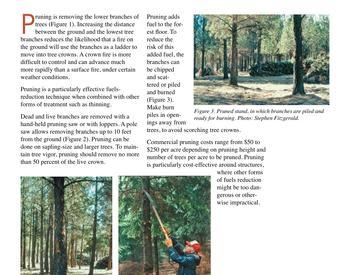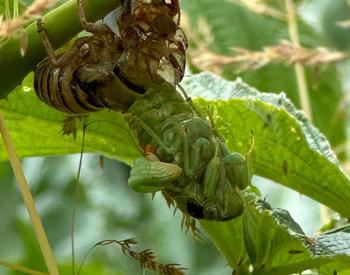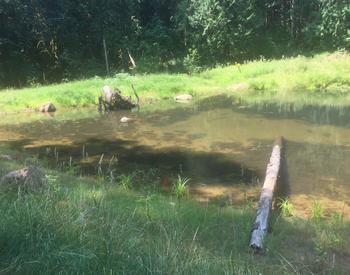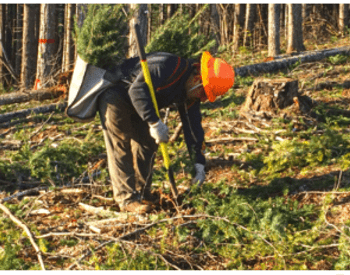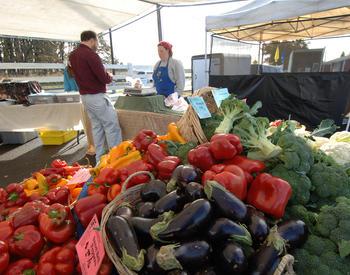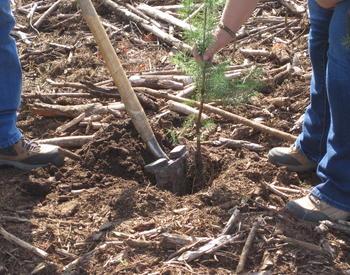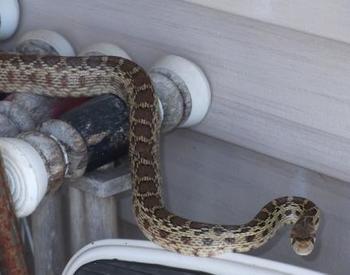Transcript
(upbeat music)
- Hello, and welcome to
our introductory video,
"Bees in the Woods," a video
series about maintaining
and improving bee habitat
in woodland properties.
I'm Brad Withrow-Robinson.
I'm the Forestry and Natural
Resources extension agent
in Benton, Linn, and Polk Counties,
in the Mid Willamette Valley.
- And I'm Lauren Grand,
Brad's counterpart in the South Valley.
This video series is for
family forest landowners,
who are interested in learning
more about pollinator habitat
and enhancing it on their property.
- So there's increasing interest
and awareness about bees.
Native pollinator bees and
their roll in our landscape.
Folks over at the Oregon Bee Atlas
tell us there's hundreds,
maybe 500 different species
of native bees in Oregon
who are pollinators.
As it turns out, many of them
prefer open sunny conditions,
where they find many of the
things they need to live.
Flowering plants, for food,
as well as some bare ground
and debris for nesting.
But those open sunny conditions aren't
what most people think about,
when they think about
forests in northwest Oregon.
No, usually we think
about dark, wet, forests
with tall conifer trees and
different layers of shrubs,
and ferns in the understory.
And yeah, some bees might live there,
but that's not the main habitat.
But many of these open,
sunny conditions do exist
in our local forest
lands after disturbance,
like a clear cut.
And after that disturbance,
we find that the young rebounding forest
often has an abundance
of flowering plants,
as well as other conditions
that are very suitable for bees.
So the point of this series is
to help woodland owners
recognize that, yeah,
we can provide some pretty good habitat
for native bee species here
in our woodland properties.
And to start thinking
about ways to improve them.
- In this video series,
we'll explain different opportunities
on how you can learn how to
enhance pollinator habitat
on your property.
We'll offer management
practices that might help you
to provide habitat on your property,
and you can be as passive or active,
as you'd like in that management.
We'll also give you
opportunities to learn how
to protect habitats that already exist,
or to build new habitat.
We'll be looking at opportunities
to enhance pollinator habitat
after various disturbances,
and give you opportunities
to increase habitat
in areas where active
management isn't going on.
We hope you enjoy this video series,
and thank you for your
willingness to provide pollinator,
and other wildlife habitat
on your forest land.
(upbeat music)
Welcome to the bees in the woods video series. This series offers information on enhancing pollinator habitat on small private forest properties




